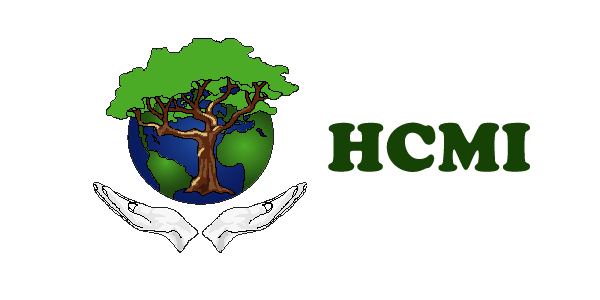 This fungus grows on rye and related plants, and produces alkaloids that can cause ergotism in humans and other mammals who consume grains contaminated with its fruiting structure. Claviceps include about 50 known species, mostly in the tropical regions. Economically significant species include: C. purpurea (parasitic on grasses and cereals), C. fusiformis (on pearl millet, buffel grass), C. paspali (on dallis grass), and C. africana (on sorghum). C. purpurea most commonly affect outcrossing species such as rye (its most common host), as well as triticale, wheat (shown in photo) and barley. It rarely affects oats.
This fungus grows on rye and related plants, and produces alkaloids that can cause ergotism in humans and other mammals who consume grains contaminated with its fruiting structure. Claviceps include about 50 known species, mostly in the tropical regions. Economically significant species include: C. purpurea (parasitic on grasses and cereals), C. fusiformis (on pearl millet, buffel grass), C. paspali (on dallis grass), and C. africana (on sorghum). C. purpurea most commonly affect outcrossing species such as rye (its most common host), as well as triticale, wheat (shown in photo) and barley. It rarely affects oats.
Ergot alkaloids have a wide range of biological activities which include effects on circulation and neurotransmission. Ergotism is the name for sometimes severe pathological syndromes affecting humans or animals that have ingested plant material containing ergot alkaloid, such as ergot-contaminated grains. The Hospital Brothers of St. Anthony (monks) specialized in treating ergotism victims with symptoms, such as severe burning sensations in the limbs. They used balms containing tranquilizing and circulation-stimulating plant extracts. Because of these monks, ergotism is commonly referred to as "St. Anthony's Fire". The burning sensations are caused by effects of ergot alkaloids on the vascular system due to vasoconstriction of blood vessels. This can lead to gangrene and loss of limbs due to severely restricted blood circulation.
The neurotropic activities of the ergot alkaloids may also cause hallucinations and irrational behaviour, convulsions, and even death. Other symptoms include strong uterine contractions, nausea, seizures, and unconsciousness. Since the Middle Ages, controlled doses of ergot were used to induce abortions and to stop maternal bleeding after childbirth.
Ergot extract has been used in pharmaceutical preparations, including Ergot alkaloids in products such as Cafergot (containing caffeine and ergotamine or ergoline) to treat migraine headaches, and ergometrine, used to induce uterine contractions and to control bleeding after childbirth. In addition to ergot alkaloids, Claviceps paspali also produces tremorgens (paspalitrem) which cause "paspalum staggers" in cattle.
Ergot contains no lysergic acid diethylamide (LSD), it contains ergotamine, which is used to synthesize lysergic acid, an analog of and precursor for synthesis of LSD. Ergot sclerotia also naturally contain some amounts of lysergic acid.
NOTE: If you suspect you have been exposed to this fungus, it is probable that you have been exposed to some Mycotoxins produced by this fungus and you will need to add that
